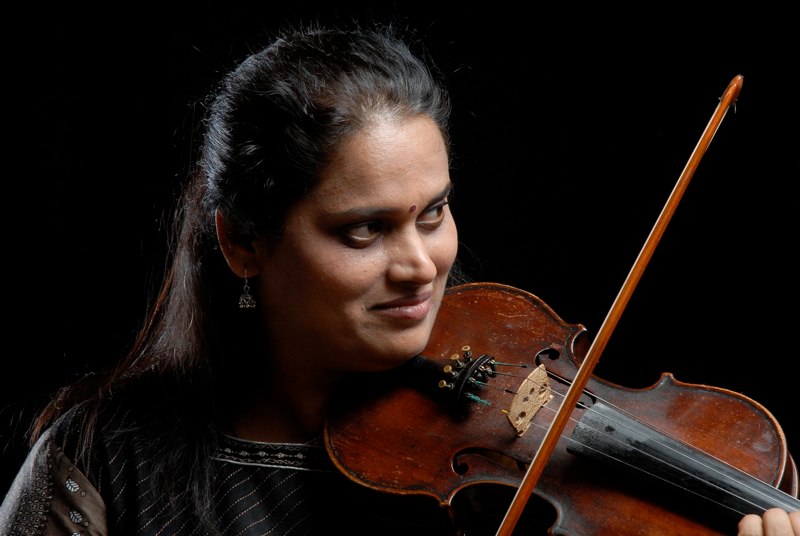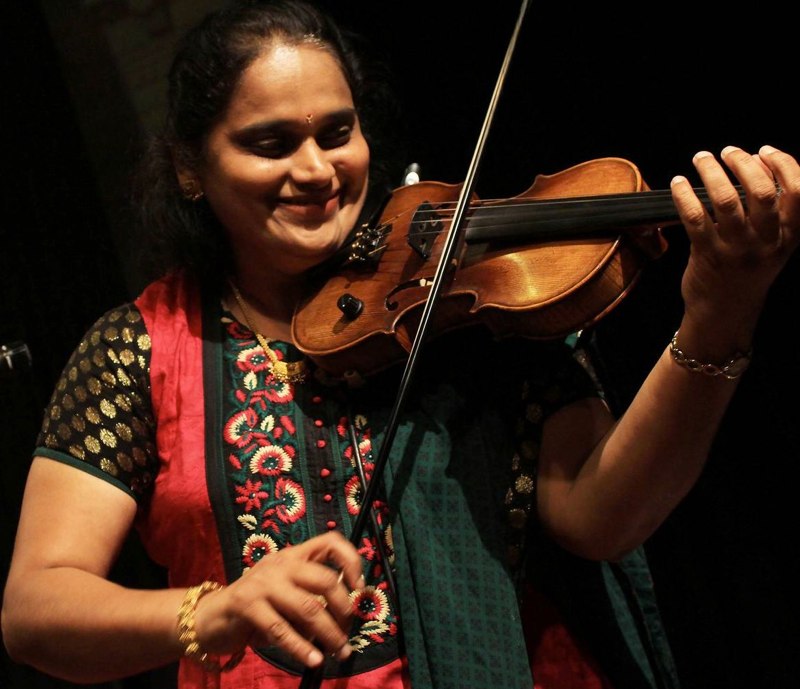With thanks to Rob Adams.
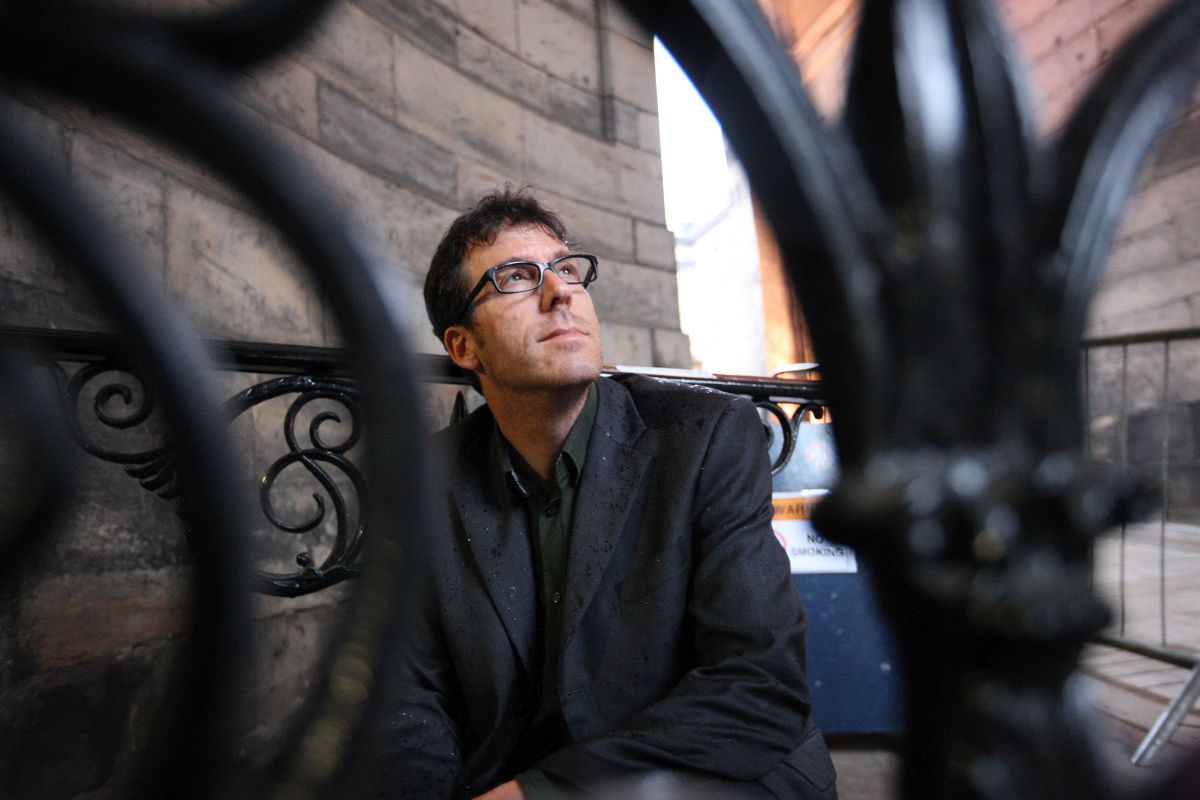 Louis Durra had a ready-made response when Bob Dylan was awarded the Nobel Prize for Literature last month. The Berlin-based Californian pianist, who brings his trio to the Blue Lamp on Thursday, November 24, has a very cool, groovy take on Tangled Up in Blue, one of the stand-out songs from Dylan’s Blood on the Tracks album.
Louis Durra had a ready-made response when Bob Dylan was awarded the Nobel Prize for Literature last month. The Berlin-based Californian pianist, who brings his trio to the Blue Lamp on Thursday, November 24, has a very cool, groovy take on Tangled Up in Blue, one of the stand-out songs from Dylan’s Blood on the Tracks album.
So he was able to slot it into his live set instantly as a dedication to the new Nobel laureate.
The opening track on Durra’s 2012 release, The Best of All Possible Worlds, Tangled Up in Blue contributed to the pianist’s unlikely elevation to American college radio sensation. In a way reminiscent of Ramsey Lewis in the 1960s, Durra’s jazz piano trio versions of Dylan, Bob Marley, Alanis Morisette and Radiohead songs took a trick with deejays and became part of the soundtrack to student life across the U.S..
A follow-up, Rocket Science, released later the same year, made similar waves with its explorations of the Beatles, White Stripes, KT Tunstall and traditional Mexican and French Canadian material.
Durra is by no means the first jazz musician to explore Radiohead’s repertoire, for example, or the first to cover pop hits of the day. That’s an idea as old as jazz itself. Durra, however, takes it further than most, even finding jazz piano trio repertoire and inspiration in Scottish electronica band Boards of Canada.
“I’m not on a ‘say no to the mainstream jazz repertoire’ soapbox,” says Durra.
“I’m just as likely to play music by Cedar Walton, Hank Jones, Joe Henderson, Annie Ross or Brad Mehldau as, say, Snoop Dog. Jazz was once described as the sound of surprise and it’s my aim to make each piece have something unexpected about it, in the nicest possible way.”
Durra’s investigation of the wider popular music canon – his most recent album, Chromakey, has a typically understated exploration of country-noir singer Gillian Welch’s Orphan Girl – stemmed from his accepting a three-nights-a-week residency in a Los Angeles restaurant.
After years of playing an accompanying role, mostly in theatre, and having made a couple of jazz albums that sold disappointingly, Durra was in danger of losing interest. His residency, which presently expanded to four nights a week, allowed him to rediscover the hunger that had led to him turning onto jazz in his teens.
With four to five hours a night to fill he determined that he, his rhythm section and the bar staff and clientele alike wouldn’t get bored with the same tunes being played on rotation. So he worked up a repertoire of some two hundred items, ranging from jazz standards to songs by the Ting Tings, Radiohead and songwriter-rapper Ke$ha.
The restaurant’s customers liked what Durra calls his oddball pop covers. So he recorded a selection of them, gave the album to a publicist and found himself with a hit on his hands. When he then decided to investigate another market, he booked himself onto the Edinburgh Fringe and promptly won an award, a Herald Angel, one of the much coveted statuettes that Glasgow-based newspaper The Herald awards for performing excellence during Edinburgh’s festival season.
On his way back to California after his second Edinburgh Fringe run Durra stopped off in Berlin, loved the feel of the city and decided to move there. Wanderlust and the lure of the Parisian jazz scene will see him relocate to the French capital in the not too distant future but his raison d’etre as a musician remains as it was during his restaurant residency
“I want to connect with the public,” he says.
“And the best way to do that, the best way to draw them into my way of playing is to give them something they recognise every now and then. Just because you’re playing pop tunes doesn’t mean that you can’t make them artistic and expressive. Besides, there’s poetry in Bob Dylan’s music – it’s official.”
- Comments enabled – see comments box below. Note, all comments will be moderated.
 The show started with the pulsating energy of stunning openers, Code and Summon The Fire, and that immediately drew the audience in as the group’s saxophonist Shabaka Hutchings (AKA King Shabaka), drummer Max ‘Betamax’ Hallett, and keyboardist Dan ‘Danalogue’ Leavers brought a fusion of spiritual jazz, cosmic funk, and electronica to the stage.
The show started with the pulsating energy of stunning openers, Code and Summon The Fire, and that immediately drew the audience in as the group’s saxophonist Shabaka Hutchings (AKA King Shabaka), drummer Max ‘Betamax’ Hallett, and keyboardist Dan ‘Danalogue’ Leavers brought a fusion of spiritual jazz, cosmic funk, and electronica to the stage. Summon the Fire, Blood of the Past, Pyramids, and the driving funk of Final Eclipse.
Summon the Fire, Blood of the Past, Pyramids, and the driving funk of Final Eclipse. 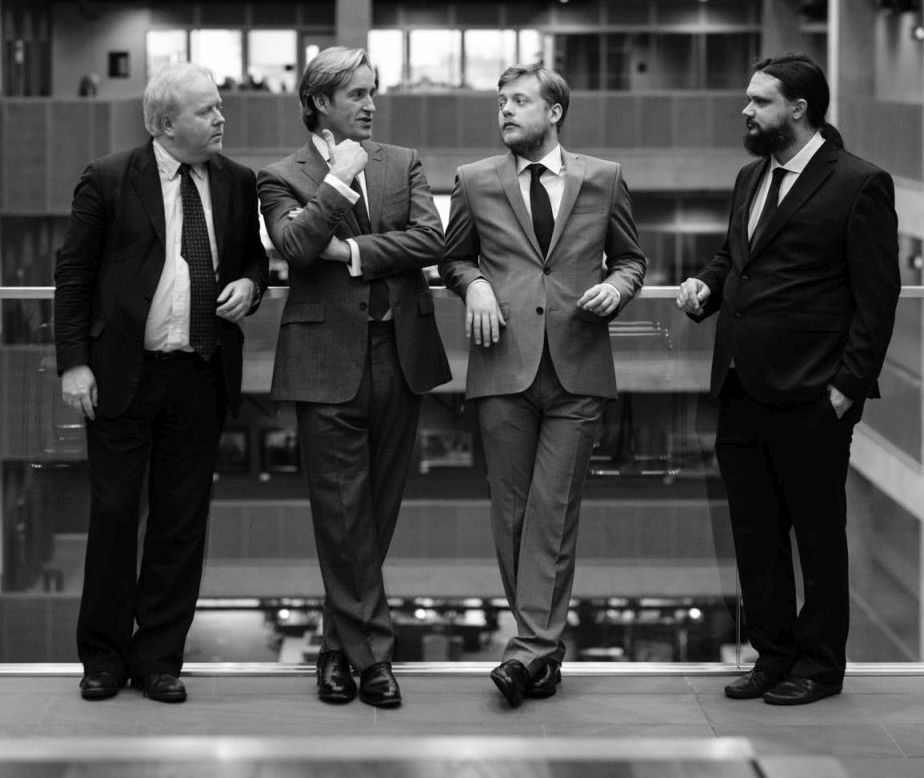

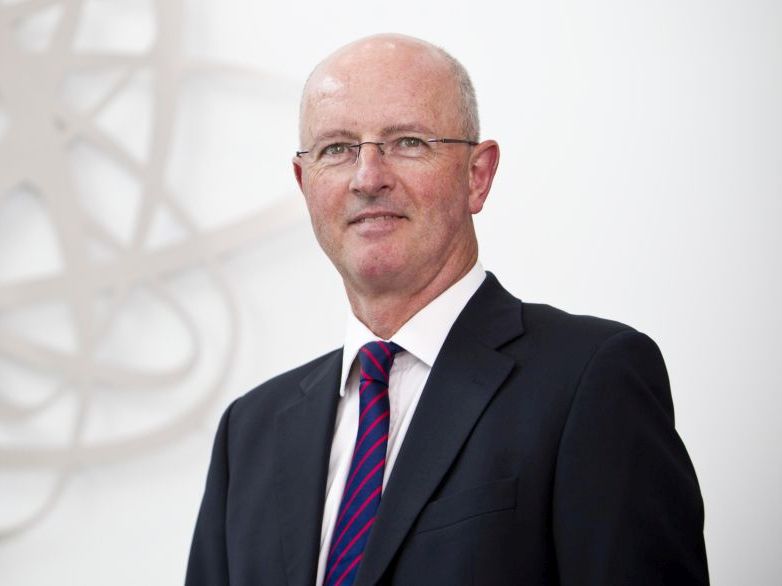

 With thanks to Rob Adams.
With thanks to Rob Adams.
